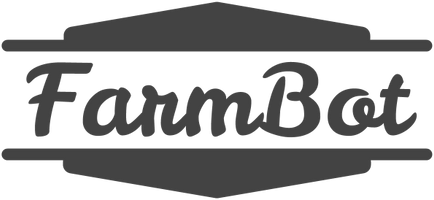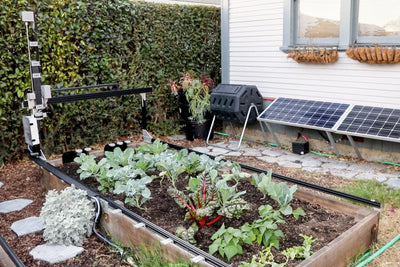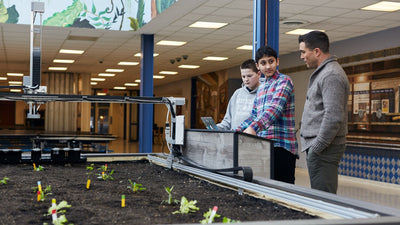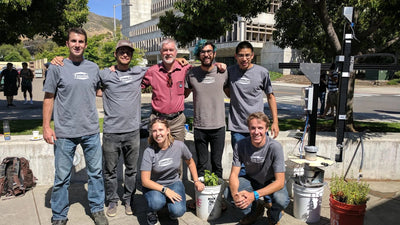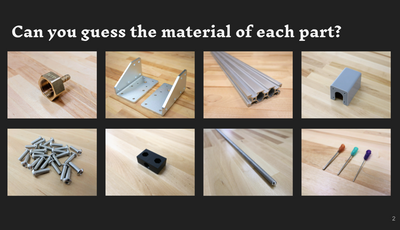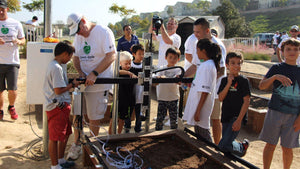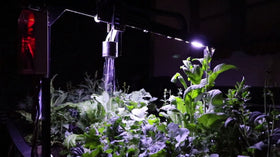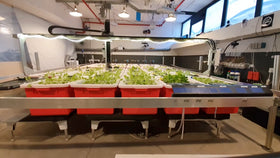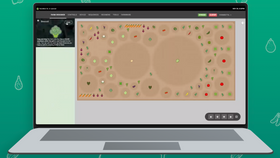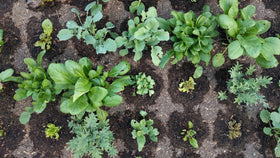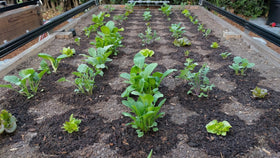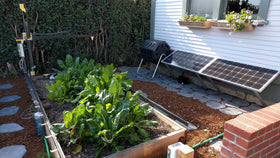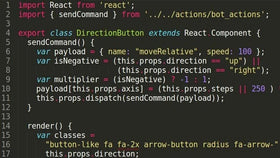Not applicable to Net 30 POs
The TRAG Systems Era
- Precise, repeatable positioning of the tooling in relation to the ground and plants is perhaps the most essential and defining feature of the system. This opens up the possibility for many unique operations such as precision watering, nutrient mapping, and selective weeding.
- Traditional cubic packing structure of plants is no longer a constraint due to the following three reasons: the ability to place plants anywhere in the x-y plane, the fact that the tooling implements come from above, and the ability to grow different sized plants at the same time. The change to a hexagonal packing structure allows for a 12% increase in space efficiency to 90.7% and non-standard packing structures with different sized plants could increase this number even more.
- Designing for scalability is a major driving force in hardware and software development. The goal is to use the same software for any size system and to be able to continually expand and scale the hardware.
- Plant profile data (how to grow each type of plant) will be public data, easily downloaded into the system for quick setup. It will also be changeable and shareable on some sort of wiki/data repository.
